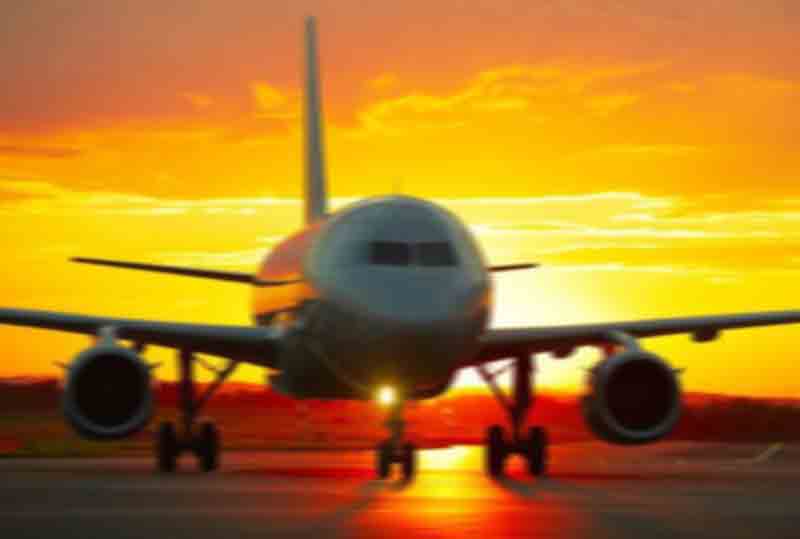Why the heat does not let the planes take off in phoenix?

Sky Harbor Airport in Phoenix is suffering from numerous flight cancellations, and the cause is the extreme heat, as it is reaching temperatures of up to 49 degrees Celsius. But why is it an impediment for planes to fly? And the first thing to clarify is that more than the direct cause of the problem, the heat is the trigger of this strange situation.
To understand this, it must be borne in mind that airplanes fly thanks to what is known as lift, which is the force exerted on a body that moves through a fluid, direction perpendicular to that of the velocity of the stream incident. In this case, the fluid is the air. This principle of support can only be produced in the presence of an atmosphere, and that is why aircraft need wings to fly, and spacecraft do not.
And what happens is that as the temperature increases, the air molecules are increasingly separated, which causes the lift to decrease. When that situation occurs, the airplanes need more power and much longer tracks to take off.
The smaller aircraft are the ones that suffer the most from this type of inconvenience since the Boeing type aircraft are prepared to operate even with temperatures of 70º Celsius.
One way to solve the problem is the one usually used at airports in countries like the Arab Emirates, where most flights land and take off at first now or late in the afternoon. Also, reducing the load and passage of aircraft to make them lighter may help alleviate the problem.
But what can happen if an airplane tries to take off with a temperature that exceeds the limit of the one for which it is prepared? In principle, nothing serious. That will travel the entire track without ever-rising from the ground. But the situation would be more worrying at the time of landing.
It must also be explained that such situations can also occur in mid-flight when the aircraft crosses an area of too hot air. It’s what the pilots know as “Coffin Corner,” corner of the coffin. When that happens, the plane loses lift, and the ship is forced to make a descent until finding areas with a higher air density.





